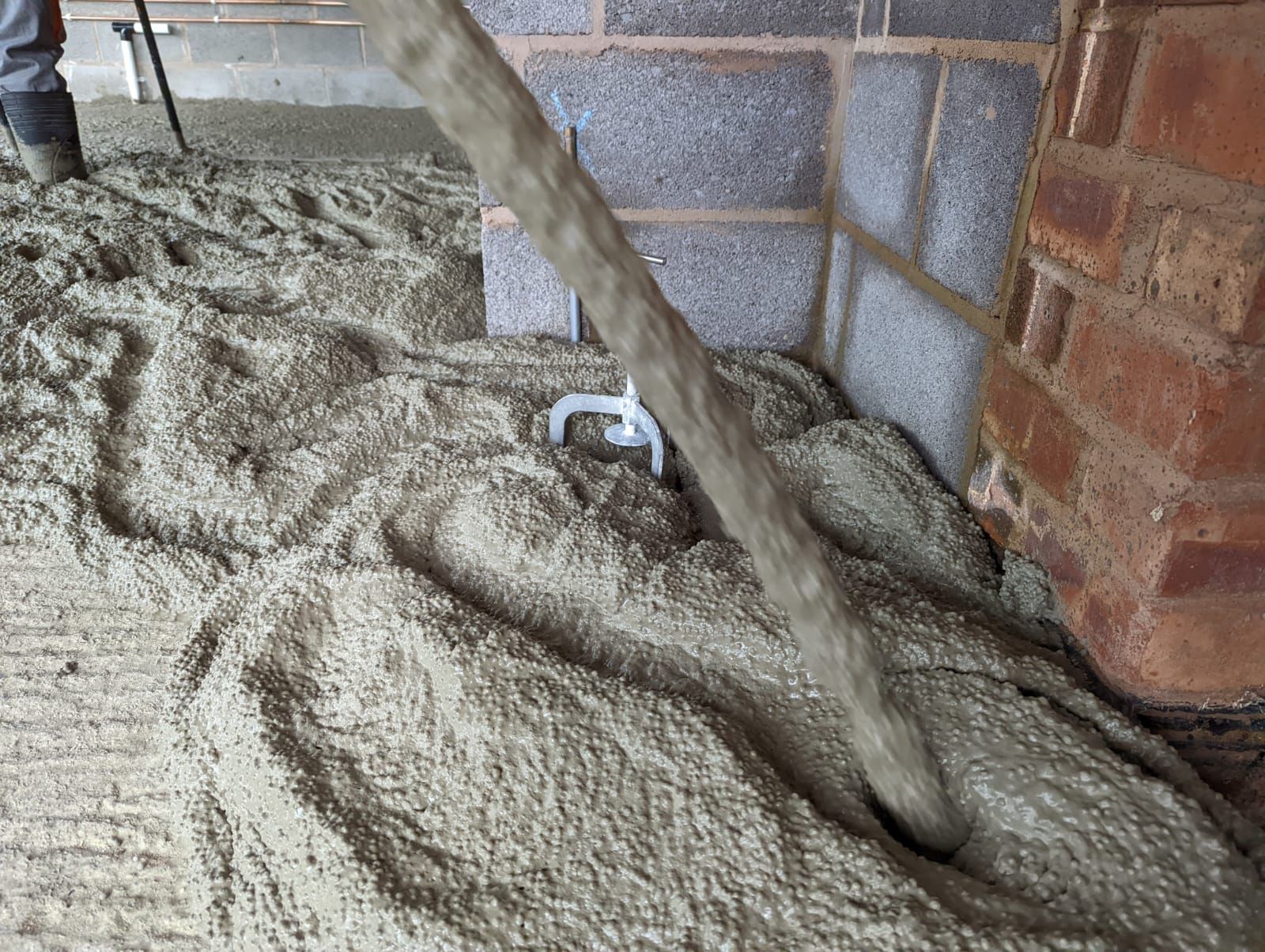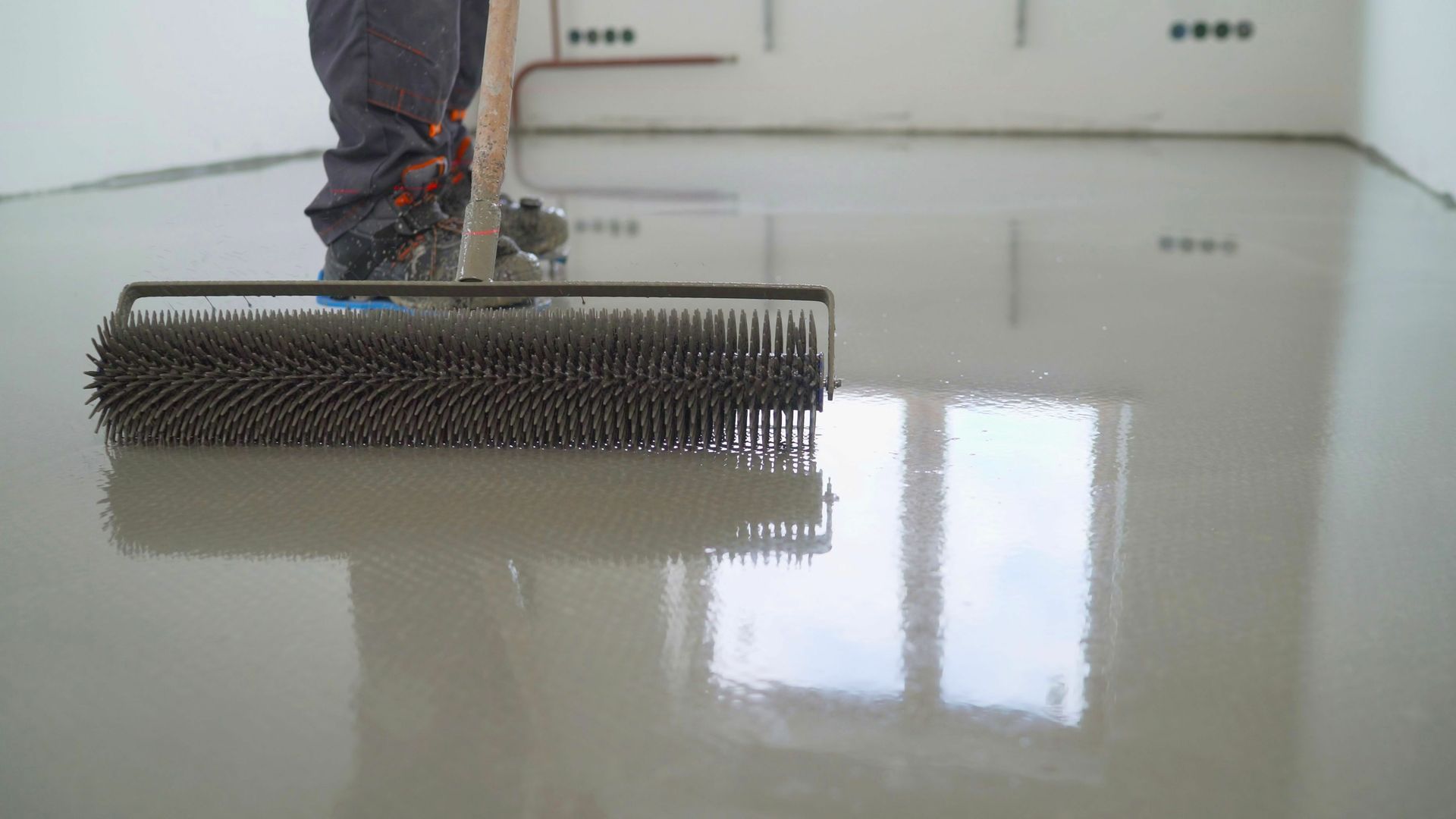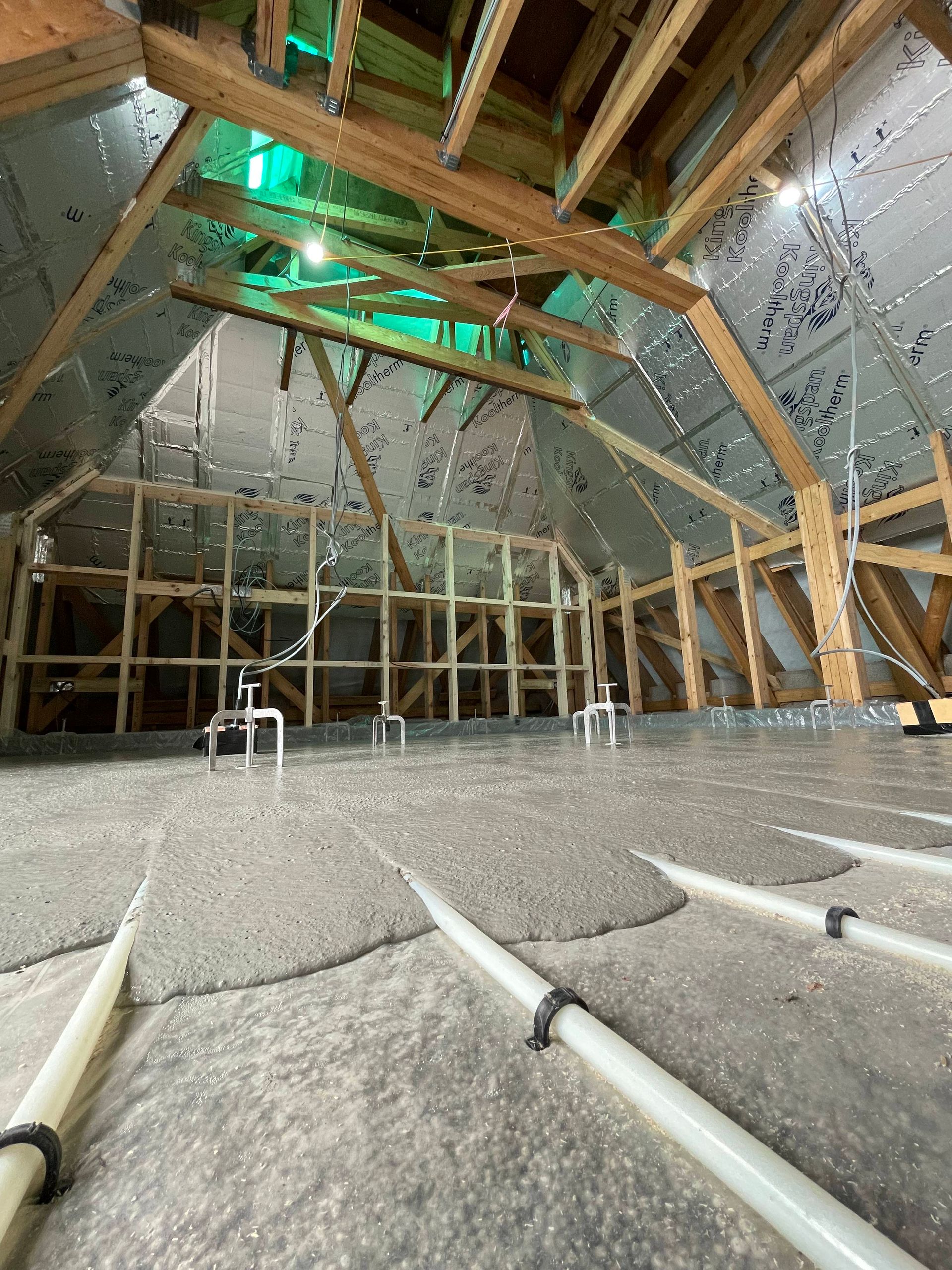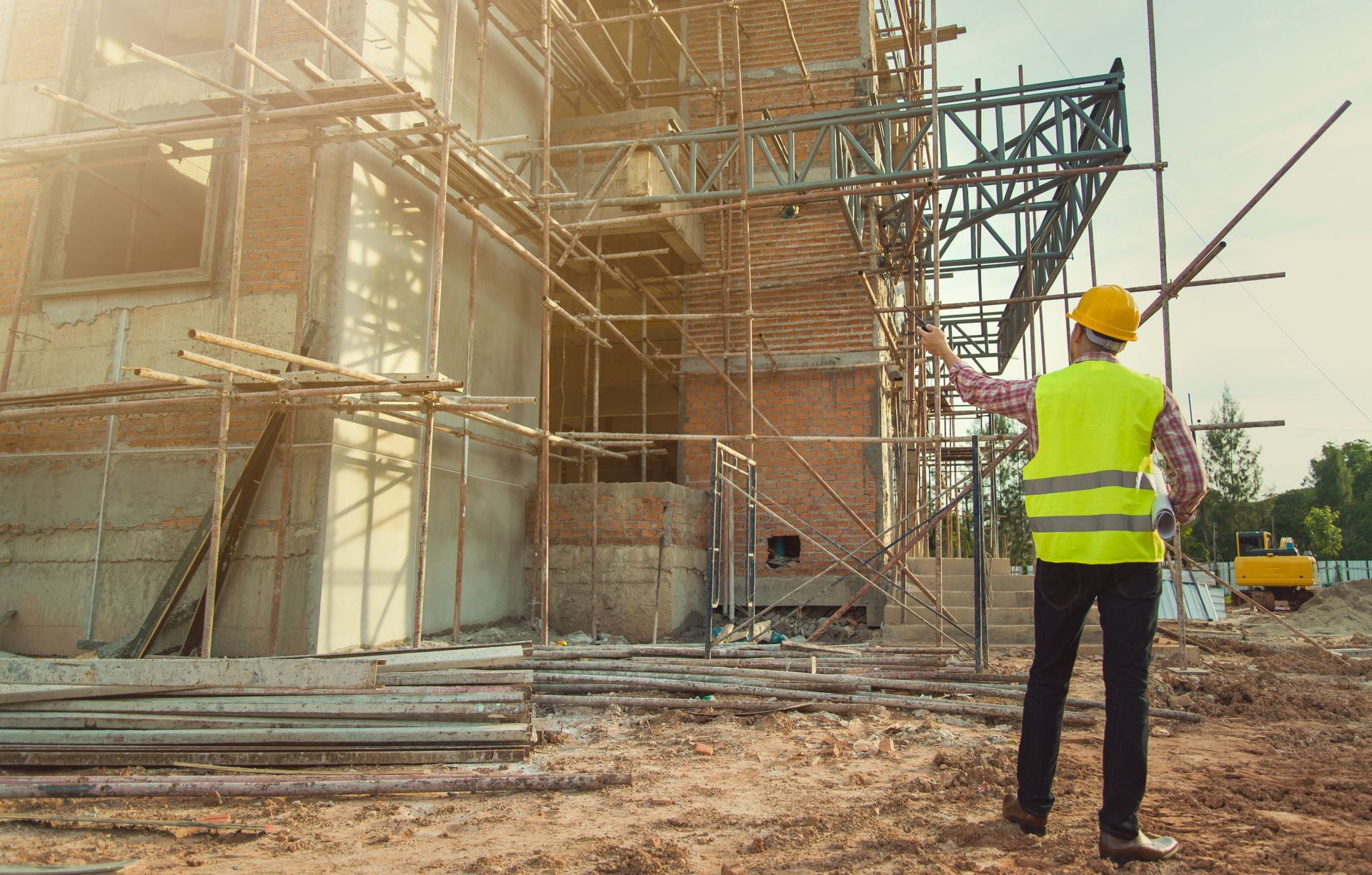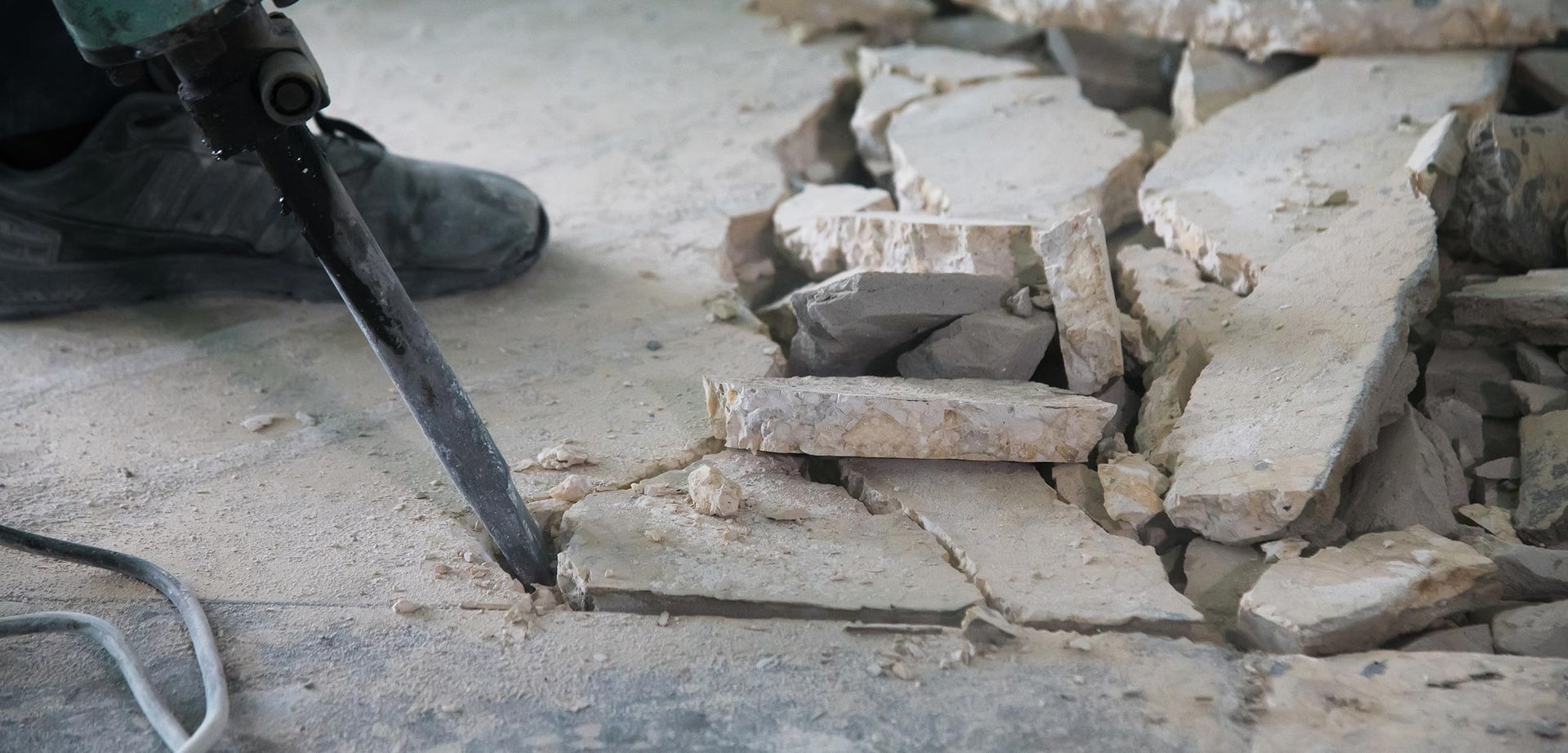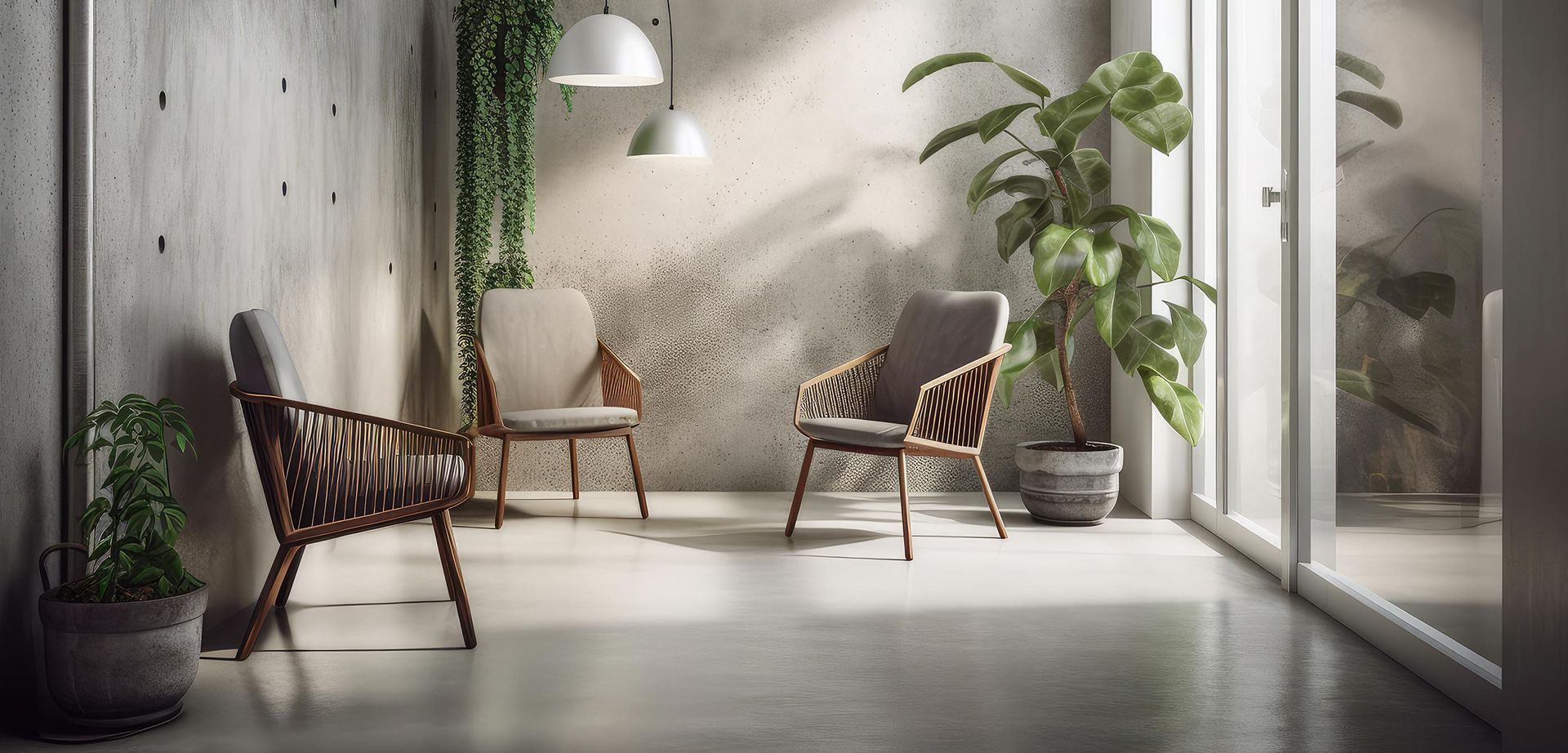The Science Behind Liquid Screeds: What Makes Them Superior?
The Science Behind Liquid Screeds:
What Makes Them Superior?
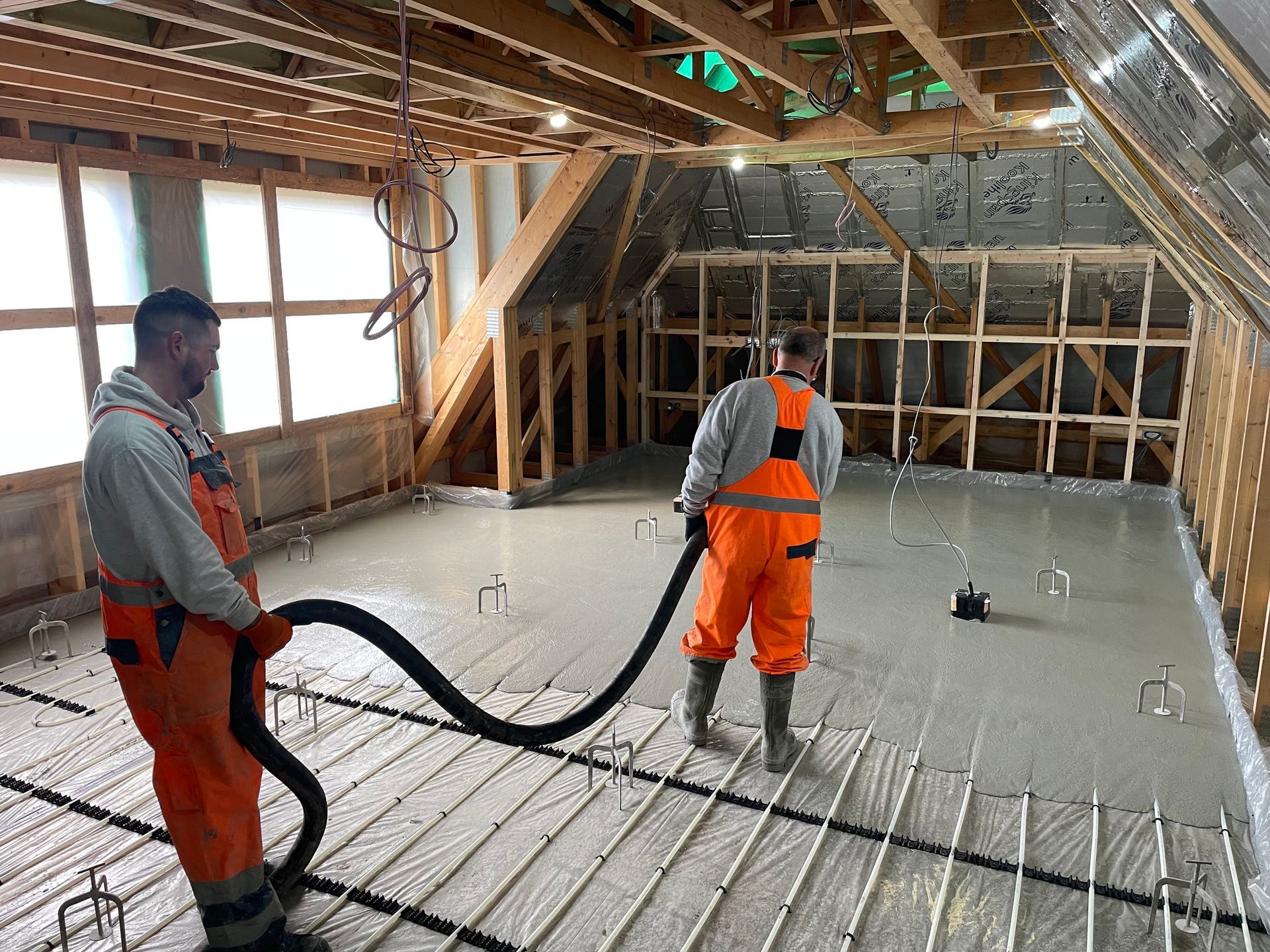
When it comes to modern construction, efficiency, durability, and precision are the cornerstones of success. One innovation that has quietly changed the flooring industry is liquid screed. While traditional sand and cement screeds have served us well for decades, liquid screeds have emerged as a superior alternative, offering a blend of advanced science and practical benefits. But what exactly makes liquid screed so unique? Let’s dive into the science behind this game-changing material and explore how it’s transforming construction timelines.
What Is Liquid Screed?
At its core, liquid screed is a free-flowing, self-levelling mixture primarily made from anhydrite (a calcium sulphate-based binder), water, and fine aggregates. Clockwork Screed use a cementitious screed. Unlike calcium sulphate (or anhydrite) screeds, cementitious options can be used in any area of a project (including outdoor and areas that will be exposed to wet conditions), and fast-drying options allow footfall within 24 to 48 hours.
In contrast to traditional screeds, which require manual spreading and compacting, liquid screed is poured onto the floor and spreads effortlessly to form a smooth, even surface. This makes it ideal for a variety of applications, from residential homes to large-scale commercial projects.
The Key Advantages of Liquid Screed
1. Exceptional Thermal Conductivity
One of the standout features of liquid screed is its ability to conduct heat efficiently. This makes it the perfect partner for underfloor heating systems, which are becoming increasingly popular in both residential and commercial spaces. The thin layers of liquid screed allow heat to transfer quickly and evenly across the surface, reducing energy consumption and ensuring consistent warmth throughout the room.
Traditional screeds often struggle in this department due to their thicker application and less uniform finish. With liquid screed, you’re not just getting a floor—you’re investing in an energy-efficient solution that can significantly lower heating costs over time.
2. Minimal Shrinkage and Cracking
Shrinkage is one of the most common issues with traditional screeds. As the water content evaporates during the drying process, the material contracts, leading to cracks that compromise the integrity of the floor. Liquid screed, on the other hand, has a much lower water-to-binder ratio. This means less evaporation during drying and minimal shrinkage overall.
In addition to reducing cracks, this property ensures a more stable base for your final floor finish—whether that’s tiles, carpet, or wood.
3. Faster Drying Times
Time is money in construction, and delays can be costly. Liquid screeds are designed with efficiency in mind. While traditional sand-cement screeds can take weeks to dry fully (depending on thickness), liquid screeds dry significantly faster. For example, some formulations allow for light foot traffic within 24-48 hours and full drying (to 2% moisture content) in as little as 30 days for standard depths.
This rapid drying time not only speeds up project timelines but also reduces downtime between different construction phases.
How Liquid Screeds Accelerate Construction Timelines
Speed is a critical factor in any construction project. One of the most impressive aspects of liquid screeds is their ability to cover large areas quickly without compromising quality or precision.
Take Clockwork Screed’s mobile batching plants as an example. These innovative systems allow teams to mix and pour liquid screed directly on-site, ensuring consistency and eliminating waste. With this setup, Clockwork Screed can cover up to 1,000 square meters in a single day! That’s an incredible feat when you consider how labour-intensive traditional methods can be.
The self-levelling nature of liquid screed also eliminates the need for manual levelling tools or extensive labour teams. Once poured, the material naturally finds its level across uneven surfaces, creating a perfectly smooth finish with minimal effort. This saves time and ensures higher accuracy compared to manually applied alternatives.
These time-saving benefits are invaluable for large-scale projects where every hour counts—think office buildings, shopping centres, or residential developments.
The Science Behind Its Strength
Strength is another area where liquid screed excels. Thanks to its unique composition, it achieves higher compressive strength than traditional sand-cement mixes while using less material overall. This means that thinner layers can support heavier loads without compromising structural integrity.
For example:
Traditional sand-cement screeds typically require a minimum thickness of 65-75mm. Clockwork’s Liquid screed can often be applied at just 25mm for other liquid screed solutions its 40-50mm while delivering equal (if not superior) performance. This reduction in thickness doesn’t just save on material costs—it also contributes to faster drying times and reduced overall weight on structural floors.
A Sustainable Choice for Modern Construction
In today’s eco-conscious world, sustainability is more important than ever—and liquid screeds deliver on this front, too. The production process for anhydrite-based binders generates significantly less CO₂ compared to cement production. Additionally, many suppliers (including Clockwork Screed) prioritise waste reduction by mixing only what’s needed on-site.
By choosing liquid screed over traditional options, contractors can contribute to greener building practices without sacrificing performance or quality.
Why Choose Clockwork Screed?
If you’re considering liquid screed for your next project, working with experienced professionals like Clockwork Screed makes all the difference. Their state-of-the-art mobile batching plants ensure precision mixing every time, while their team’s expertise guarantees flawless application—even on tight deadlines.
Whether you’re managing a small renovation or overseeing a massive commercial build, Clockwork Screed’s commitment to innovation and efficiency ensures your project runs smoothly from start to finish.
The science behind liquid screeds isn’t just fascinating—it’s transformative. From their superior thermal conductivity and minimal shrinkage to their ability to accelerate construction timelines without compromising quality, liquid screeds represent the future of flooring solutions.
As more builders and developers recognise these benefits, it’s clear that traditional methods are being left behind in favour of smarter, faster alternatives like those offered by Clockwork Screed.
